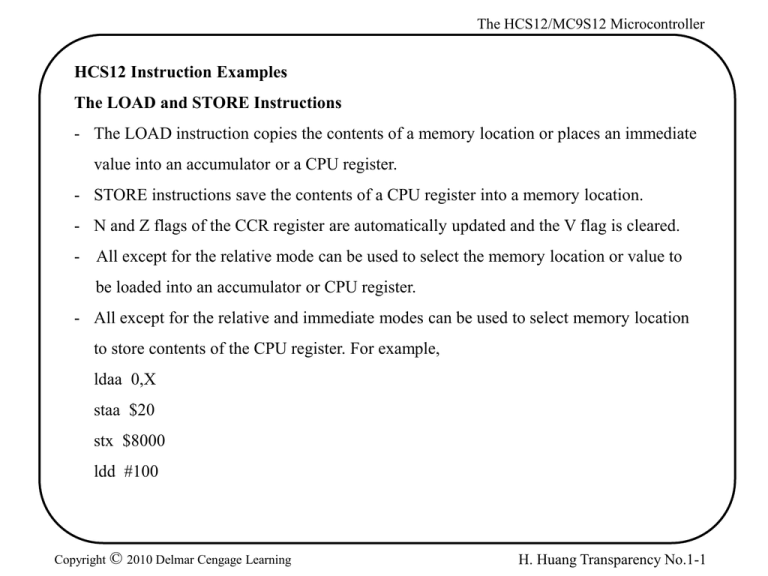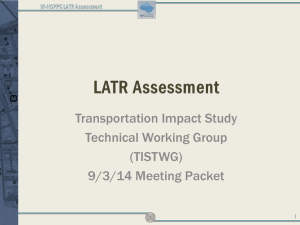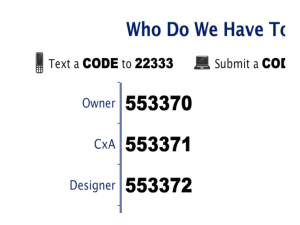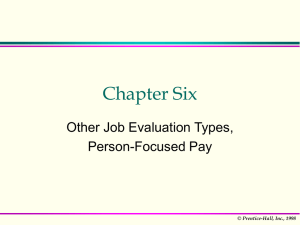
The HCS12/MC9S12 Microcontroller
HCS12 Instruction Examples
The LOAD and STORE Instructions
- The LOAD instruction copies the contents of a memory location or places an immediate
value into an accumulator or a CPU register.
- STORE instructions save the contents of a CPU register into a memory location.
- N and Z flags of the CCR register are automatically updated and the V flag is cleared.
- All except for the relative mode can be used to select the memory location or value to
be loaded into an accumulator or CPU register.
- All except for the relative and immediate modes can be used to select memory location
to store contents of the CPU register. For example,
ldaa 0,X
staa $20
stx $8000
ldd #100
Copyright © 2010 Delmar Cengage Learning
H. Huang Transparency No.1-1
The HCS12/MC9S12 Microcontroller
Table 1.4 Load and store instructions
Load Instructions
Mnemonic
Function
Operation
ldaa <opr>
ldab <opr>
ldd <opr>
lds <opr>
ldx <opr>
ldy <opr>
leas <opr>
leax <opr>
leay <opr>
Load A
Load B
Load D
Load SP
Load index register X
Load index register Y
Load effective address into SP
Load effective address into X
Load efective address into Y
A ¬ [opr]
B ¬ [opr]
A:B ¬ [opr]:[opr+1]
SP ¬ [opr]:[opr+1]
X ¬ [opr]:[opr+1]
Y ¬ [opr]:[opr+1]
SP ¬ effective address
X ¬ effective address
Y ¬ effective address
Store Instructions
Mnemonic
Function
staa <opr>
stab <opr>
std <opr>
sts <opr>
stx <opr>
sty <opr>
Store A in a memory location
Store B in a memory location
Store D in a memory location
Store SP in a memory location
Store X in a memory location
Store Y in a memory location
Copyright © 2010 Delmar Cengage Learning
Operation
m[opr] ¬ [A]
m[opr] ¬ [B]
m[opr]:m[opr+1] ¬ [A]:[B]
m[opr]:m[opr+1] ¬ [SP]
m[opr]:m[opr+1] ¬ [X]
m[opr]:m[opr+1] ¬ [Y]
H. Huang Transparency No.1-2
The HCS12/MC9S12 Microcontroller
Transfer and Exchange Instructions
- Transfer instructions copy the contents of a CPU register or accumulator into another
CPU register or accumulator.
- TFR is the universal transfer instruction, but other mnemonics are accepted for
compatibility with the 68HC11.
- The TAB and TBA instructions affect the N, Z, and V condition code bits.
- The TFR instruction does not affect any condition code bits. For example,
TFR D,X
; [D] X
TFR A,B
; [A] B
TFR A,X
assigned to X
TFR X,A
; sign-extended of[A] X ; A is signed extended to 16-bit and
; X[7:0] A
Copyright © 2010 Delmar Cengage Learning
; lower 8 bits copied to A
H. Huang Transparency No.1-3
The HCS12/MC9S12 Microcontroller
- The EXG instruction exchanges the contents of a pair of registers or accumulators. For
example,
exg
A, B
exg
D,X
exg
A,X
; A ¬ X[7:0], X ¬ $00:[A]
exg
X,B
; X ¬ $00:[B], B ¬ X[7:0]
- The SEX instruction sign-extend an 8-bit two’s complement number into a 16-bit
number so that it can be used in 16-bit signed operations. For example,
SEX A,X
Copyright © 2010 Delmar Cengage Learning
H. Huang Transparency No.1-4
The HCS12/MC9S12 Microcontroller
Move Instructions
- These instructions move data bytes or words from a source to a destination in memory.
- Six combinations of immediate, extended, and index addressing modes are allowed to
specify the source and destination addresses:
IMM EXT,
IMM IDX,
EXT EXT,
EXT IDX,
IDX EXT,
IDX IDX
- For example,
movb
$100,$800
movw 0,X, 0,Y
Table 1.6 Move instructions
Transfer Instructions
Mnemonic
Function
movb <src>, <dest>
movw <src>, <dest>
Move byte (8-bit)
Move word (16-bit)
Copyright © 2010 Delmar Cengage Learning
Operation
dest ¬ [src]
dest ¬ [src]
H. Huang Transparency No.1-5
The HCS12/MC9S12 Microcontroller
Add and Subtract Instructions
- These instructions perform fundamental arithmetic operations.
- The destinations of these instructions are always a CPU register or accumulator.
- There are two-operand and three-operand versions of these instructions.
- Three-operand ADD or SUB instructions always include the C flag as one of the
operand.
- Three-operand ADD or SUB instructions are used to perform multi-precision addition
or subtraction.
- For example,
adda $1000
; A [A] + [$1000]
adca $1000
; A [A] + [$1000] + C
suba $1002
; A [A] - [$1002]
sbca $1000
; A [A] - [$1000] - C
Copyright © 2010 Delmar Cengage Learning
H. Huang Transparency No.1-6
The HCS12/MC9S12 Microcontroller
Table 1.7 Add and subtract instructions
Add Instructions
Mnemonic
aba
abx
aby
adca <opr>
adcb <opr>
adda <opr>
addb <opr>
addd <opr>
Function
Add B to A
Add B to X
Add B to Y
Add with carry to A
Add with carry to B
Add without carry to A
Add without carry to B
Add without carry to D
Operation
A ¬ [A] + [B]
X ¬ [X] + [B]
Y ¬ [Y] + [B]
A ¬ [A] + [opr] + C
B ¬ [B] + [opr] + C
A ¬ [A] + [opr]
B ¬ [B] + [opr]
D ¬ [D] + [opr]
Subtract Instructions
Mnemonic
sba
sbca <opr>
sbcb <opr>
suba <opr>
subb <opr>
subd <opr>
Function
Subtract B from A
Subtract with borrow from A
Subtract with borrow from B
Subtract memory from A
Subtract memory from B
Subtract memory from D
Copyright © 2010 Delmar Cengage Learning
Operation
A ¬ [A] - [B]
A ¬ [A] - [opr] - C
B ¬ [B] - [opr] - C
A ¬ [A] - [opr]
B ¬ [B] - [opr]
D ¬ [D] - [opr]
H. Huang Transparency No.1-7
The HCS12/MC9S12 Microcontroller
*
Example
Write an instruction sequence to add 3 to the memory locations at $10 and $15FA.
Solution:
We have to load the contents of the memory locations to registers, add 3, and write back the
results to the memory locations. (A memory location can’t be a destination of an ADD
instruction)
ldaa $10
; [A][$10]
adda #3
; A[A]+3
staa $10
;[$10][A]
ldaa $15FA
; [A][$15FA]
adda #3
; A[A]+3
staa $15FA
;[$15FA][A]
Copyright © 2010 Delmar Cengage Learning
H. Huang Transparency No.1-8
The HCS12/MC9S12 Microcontroller
Instruction Execution Cycle
- One or more read cycles to fetch instruction opcode bytes and addressing information.
- One or more read cycles to fetch the memory operand(s) (optional).
- Perform the operation specified by the opcode.
- One or more write cycles to write back the result to either a register or a memory location
(optional).
Instruction Queue
- The HCS12 executes one instruction at a time and many instructions take several clock
cycles to complete.
- When the CPU is performing the operation, it does not need to access memory.
- The HCS12 pre-fetches instructions when the CPU is not accessing memory to speedup
the instruction execution process.
- There are two 16-bit queue stages and one 16-bit buffer. Unless buffering is required,
program information is first queued in stage 1, and then advanced to stage 2 for
execution.
Copyright © 2010 Delmar Cengage Learning
H. Huang Transparency No.1-9







